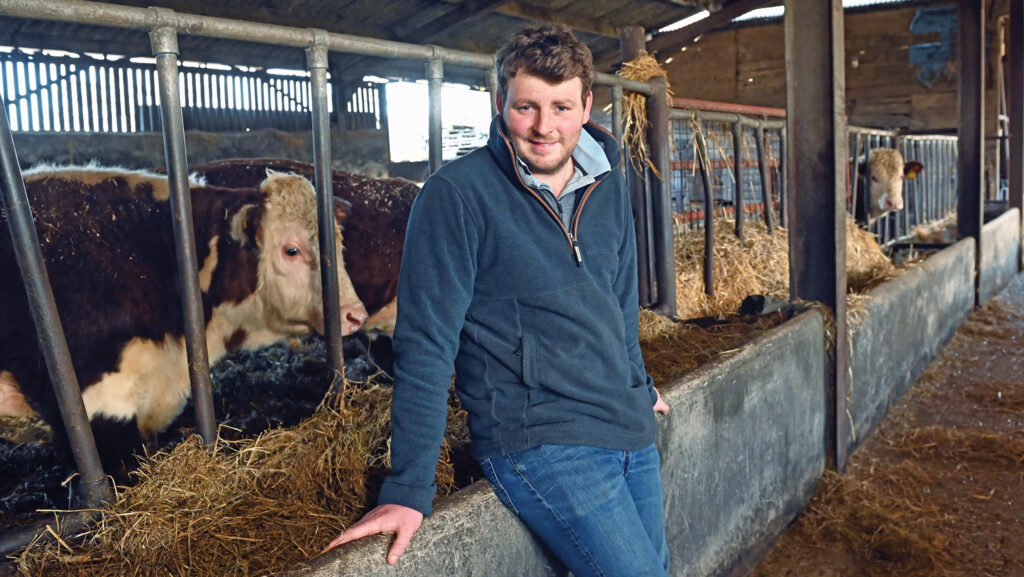Farmer Focus: Second wheats replaced with lower input triticale
 Billy Lewis © Richard Swingler
Billy Lewis © Richard Swingler We’re fortunate enough not to suffer from any major issues with blackgrass, something I like to think is the result of having a mixed rotation.
We also don’t have a vast area to get planted, which means that we have been able to get all of our autumn drilling completed by the first week of October.
Drilling conditions this year have been nothing short of perfect.
See also: How growers returned environmental schemes back to cropping
The soil is in absolutely beautiful order, perhaps helped by the dry summer, but I’d like to think our management has something to do with that.
The weather has been on our side all the way through, with occasional light showers helping to maintain a lovely level of soil moisture for an even crop emergence.
Slugs haven’t been an issue to date, we’ve achieved some lovely fine seed-beds across the board, and every acre has been rolled.
I add, without any mud sticking to the rings, it’s been a few years since I’ve been able to say that.
After two consecutive shocking autumns, the disappointing yields of 2025, and ongoing low commodity prices, being treated to such a kind drilling period certainly helps lift the spirits for the growing year ahead.
Our cropping for next harvest includes wheat, oats, spring beans, and something new for us – triticale.
We’ve chosen this as a replacement for second wheats after hearing positive things from others growing it locally.
In theory, it should require significantly fewer fertiliser and chemical inputs, which aligns well with our soil health ethos, while still producing comparable grain yields.
However, the main attraction for us is the potential for a much greater straw yield compared to wheat.
Given the current state of the cereal markets, we don’t fancy growing any more than we need to on our home farm.
Whichever way you look at it, no one is making any real money with wheat at £165/t.
Instead, we’re choosing to grow more grass and increase our beef numbers.
If the triticale can manage a 20-30% uplift in straw yield, it might allow us to reduce our cereal area further in the future.


